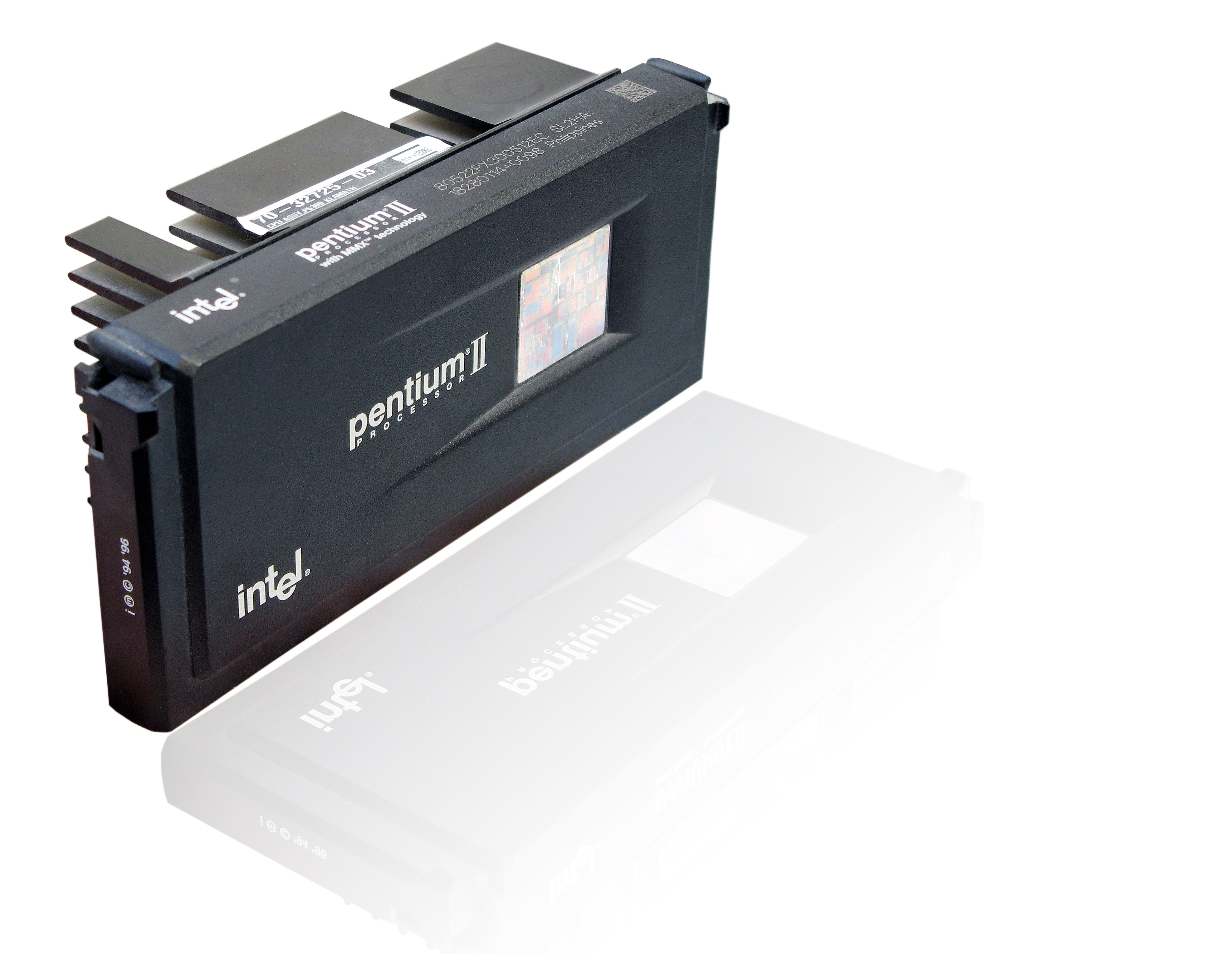|
MMX (instruction Set)
MMX is a ''single instruction, multiple data'' (SIMD) instruction set architecture designed by Intel, introduced on January 8, 1997 with its Pentium P5 (microarchitecture) based line of microprocessors, named "Pentium with MMX Technology". It developed out of a similar unit introduced on the Intel i860, and earlier the Intel i750 video pixel processor. MMX is a processor supplementary capability that is supported on IA-32 processors by Intel and other vendors . AMD also added MMX instruction set in its AMD K6, K6 processor. ''The New York Times'' described the initial push, including Super Bowl advertisements, as focused on "a new generation of glitzy multimedia products, including videophones and 3-D video games." MMX has subsequently been extended by several programs by Intel and others: 3DNow!, Streaming SIMD Extensions (SSE), and ongoing revisions of Advanced Vector Extensions (AVX). Overview Naming MMX is officially a meaningless initialism trademarked by Intel; unoffici ... [...More Info...] [...Related Items...] OR: [Wikipedia] [Google] [Baidu] [Amazon] |
